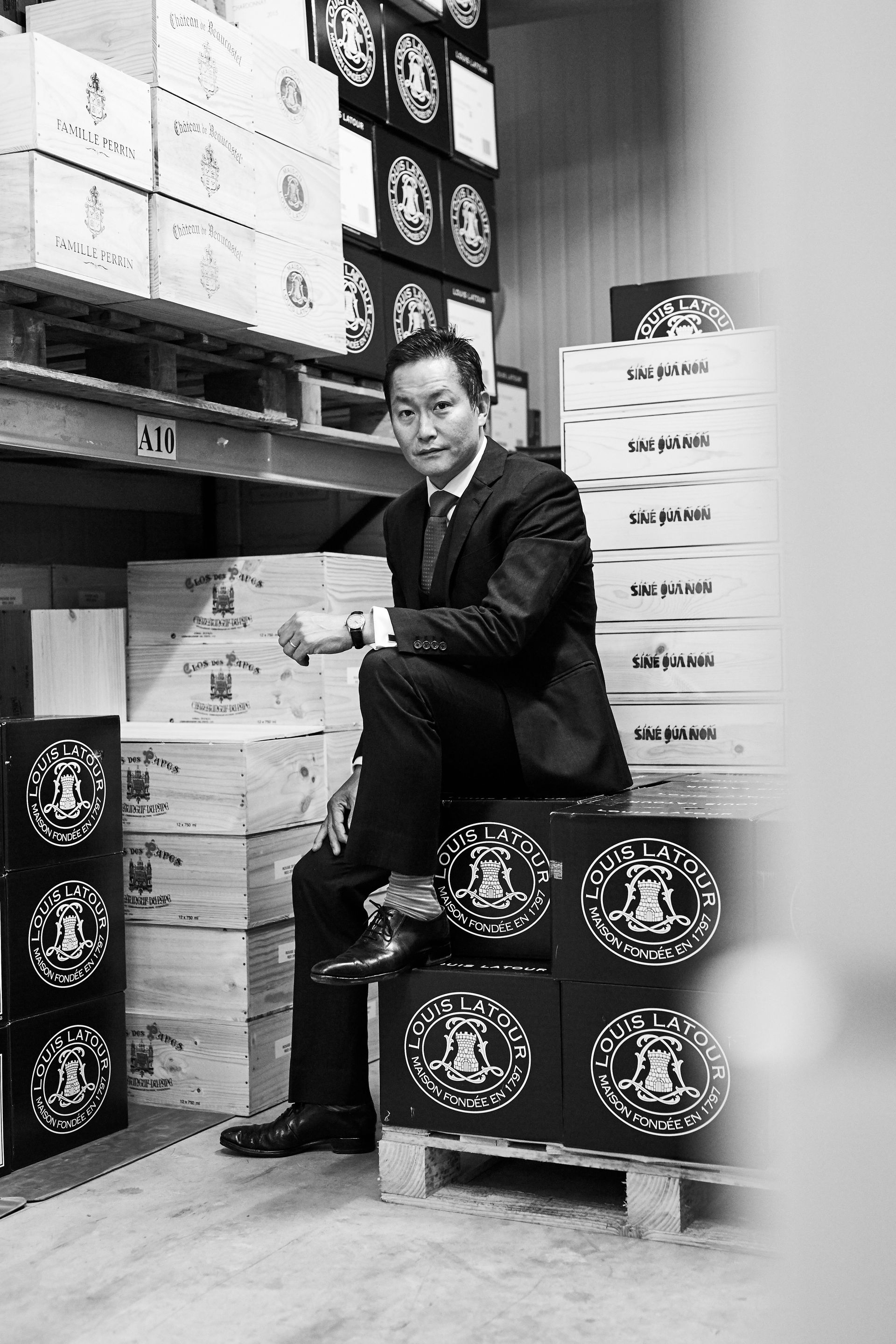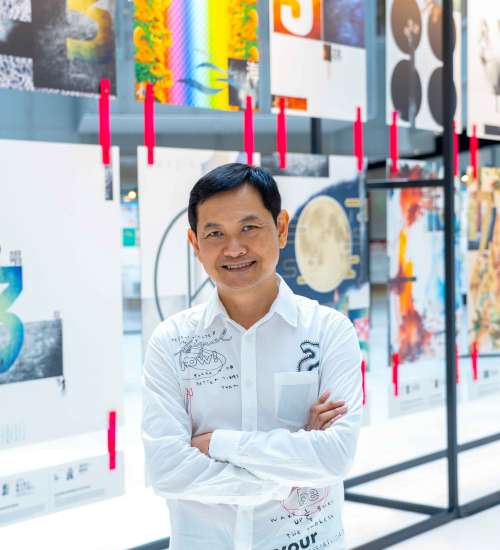We were offered down jackets as we were visiting the warehouse of Taste of Tradition in Singapore. The spaces that held the elite range of wines were impressively modern, systematically stocked and, as we were forewarned, very cold especially over a long period. The temperature of between 12°C and 15°C is one of the wine importer’s claims to fame – a fastidiously maintained temperature in which all its wines are handled.
“Taste of Tradition is best known for wines of authenticity. For the past 23 years we have sold, and continue to sell, wines to discerning restaurants, wine retailers and private clients in Singapore, and now, Kuala Lumpur. We insist on the highest pedigree and quality for our wines, relying entirely on cold chain to import and distribute every bottle,” Mr. Emil Teo, the executive director of the wine wholesaler and importer, says.
The company is known for launching three pioneering innovations in the local wine business. Firstly, it imports and distributes in cold chain, a temperature-controlled supply chain in which storage and distribution of the wines, together with all associated equipment and logistics, are maintained at a desired low-temperature range. Secondly, it ships, stores and delivers at 12 to 15°C. Moreover, all orders received before 10am are delivered on the same day. Lastly, it adopts a very rigorous selection process and provenances. In all these, Mr. Teo claims, Taste of Tradition is second to none.
Portfolio visited the Singapore office and warehouse of Taste of Tradition for an insight into what makes the company among the most respected in Singapore.
Your website lists over 40 producers with whom you do business. Are you invested in these producers?
We have not invested in production, and we do not have other business links with wineries.
Will more producers be added to your current list?
Over time, we will add producers as the right fit comes along.
How do wine producers get on the Taste of Tradition list?
We are approached from time to time by producers to represent their brands; if we find them interesting, we lay down our terms and examine theirs. We are fortunate to have Mr. Pierre Perrin, the winemaker at Chateau de Beaucastel, Famille Perrin, sit as our technical director. Together with the rest of the directors and the team, we veto the brand, so any brand that makes the cut are agreed upon by everyone.
Describe the capital structure of the business? Are private entities invested in the business, or is it a sole proprietorship?
It is 100 per cent owned by Mr. Teo Choo Kiat, my father.
What is the primary revenue stream for the company?
It’s distribution – 100 per cent.
You have folded your second brand, your retail business, Booze. Why?
When we started Booze, there weren’t many wine shops. As the market grew, we decided to fold Booze and supplied to the wine shops instead.
Is direct supply the way for the company to go?
No. You will have to drink a lot of rubbish before coming across a good bottle. Trust in the selection. And solid importation process still has value.
What is your strategy in developing new businesses?
We keep our eyes peeled for new restaurants that open and have good concepts that can stand the test of time. Usually, if a restaurant that is opening is knowledgeable about wines they will call us.
Describe your current business footprint. What is your most lucrative market in terms of turnover?
We’re tiny. We really only serve the people that are interested in quality. We won’t cut corners, and that makes us sleep well at night.
Are you developing new markets?
We expanded to Kuala Lumpur and have established our cold chain into Peninsular Malaysia. I am in Kuala Lumpur every week to help the team.
What is your strategy?
Taste it and you can tell the difference yourself.
How do you plan to expand the business?
Malaysia is keeping our hands quite full; there is much to grow there. I have handed the reins of the company to my long-time deputy, Ms. Jeanette Thong, who is now the managing director. I will keep the Malaysia Project under my wing.
Describe the current supply and demand situation in the region?
Wine has penetrated all levels of society; you can find it in convenience stores. From this entry, consumers will seek out the famous brands, and from that they will discover more regions and grape varieties and start to change their tastes and have preferences for different wines with different food flavors. When they are well-learned about what they want, they will look at the logistics process to ensure what they pay for is not cooked along the way.
What types of wines are most in demand right now?
Reds. Increasingly, it’s lighter, brighter reds – quality wines such as the Gamays from Beaujolais, the Pinot Noirs from Burgundy and the heavier Syrahs – all year round. Although I see an increase in the consumption of whites, such as the Sauvignon Blancs from Pouilly Fume, Chardonnay from Chablis and the Southern Rhone blend of Grenache Blanc, Viognier and Roussanne, the reds continue to dominate the local market.
What new trends are developing? How are you anticipating and responding to these?
We see a strong trend of moving away from Bordeaux wines and the big names, these Chateaux are incredibly overpriced for the amount of wines they produce. A cellar filled with Lafites, Latours, and Sassicaias are increasingly seen as crass and unsophisticated. People are now more confident in their choices and tend towards discovering the myriad of producers in Burgundy, and the Southern Rhone wines such as Gigondas and Chateauneuf du Papes, which deliver great value. People are also finding value in the full-bodied wines of Stellebosch in South Africa, and we have collectors lining up for Sine Qua Non and Antica Terra from America.
We stock wines with this DNA, and as the consumers mature, they eventually seek out our wines and the brands we represent.












 Back
Back
